The Force Awakens takes place approximately 30 years after the fall of the Galactic Empire, brought on by the Rebel Alliance. Since the fall of the Empire, and the re-establishment of the Republic, a group known as the First Order has arisen from the remnants of the Empire, and is dead set on restoring Imperial rule. The Resistance, a small militia supported by the Republic, is focused on pushing back the advances of the First Order. This simple fight of a good against evil is what made the original trilogy so great, and The Force Awakens represents a return to form for the franchise.
Yet, J.J. Abrams adds complexity and depth to a simple fight of good against evil, as clearly demonstrated by the two protagonists of the movie, Rey (Daisy Ridley) and Finn (John Boyega) and the antagonist of the film, Kylo Ren (Adam Driver). Rey begins the movie as a rather insignificant resident of a desert planet who eventually gets drawn into a galactic conflict due to the whims of fate (sound familiar?) Rey is a beautiful character, who is strong and independent, yet damaged in her own way. Ridley’s spunk and charm really flesh out Rey as a character, makes her one of my favorite characters in the Star Wars universe. Adam Driver nails the role of Kylo Ren, a wannabe Sith Lord who is struggling to find his own destiny within the dark side after a rather complicated past. I felt just as invested in Ren’s character arc as I was in Rey’s, clearly indicating Abrams’ masterful directing and the excellent script. Moreover, the movie masterfully weaves in old favorites such as General Leia (Carrie Fisher) and Han Solo (Harrison Ford), giving them just enough screen time to satiate my nostalgia without taking attention away from the new characters.
I would also remiss if I didn’t mention the beautiful visuals and action scenes. The awful CGI and green screen of the prequels was replaced by vast set pieces and quirky new costumed aliens. Every scene felt gritty and real, while maintaining an air of wonder. The space dogfights were thrilling as I once again watched X-wings rush into battle against Imperial TIE fighters. Abrams’ directing chops are validated in every gorgeous, riveting scene. All in all, there is little to fault about this movie.
Yet, the greatest flaw of this movie is that it feels just a little too safe, like Abrams knew he didn’t want to disappoint fans, so he didn’t diverge too far from beloved canon. The Force Awakens feels like a beat for beat remake of A New Hope. Thanks to fantastic acting, great visuals and complex and compelling characters, this fact is rather masked, but at its core, the movie is homage to the original Star Wars movie. Any hardcore Star Wars fan will probably leave the theater incredibly satisfied with a gorgeous film kicking off a new franchise and new characters to root for. However, as a cranky and cynical film critic, I must acknowledge the flaws of this movie as well. I hope the positive reception to The Force Awakens encourages Abrams to move a little further afield for the sequels. Since I am both a cynical movie critic and a huge Star Wars fanboy, I will give this movie two different grades.
Grades:
Cynical Movie Critic: A-
Hardcore Fanboy: A+++++++
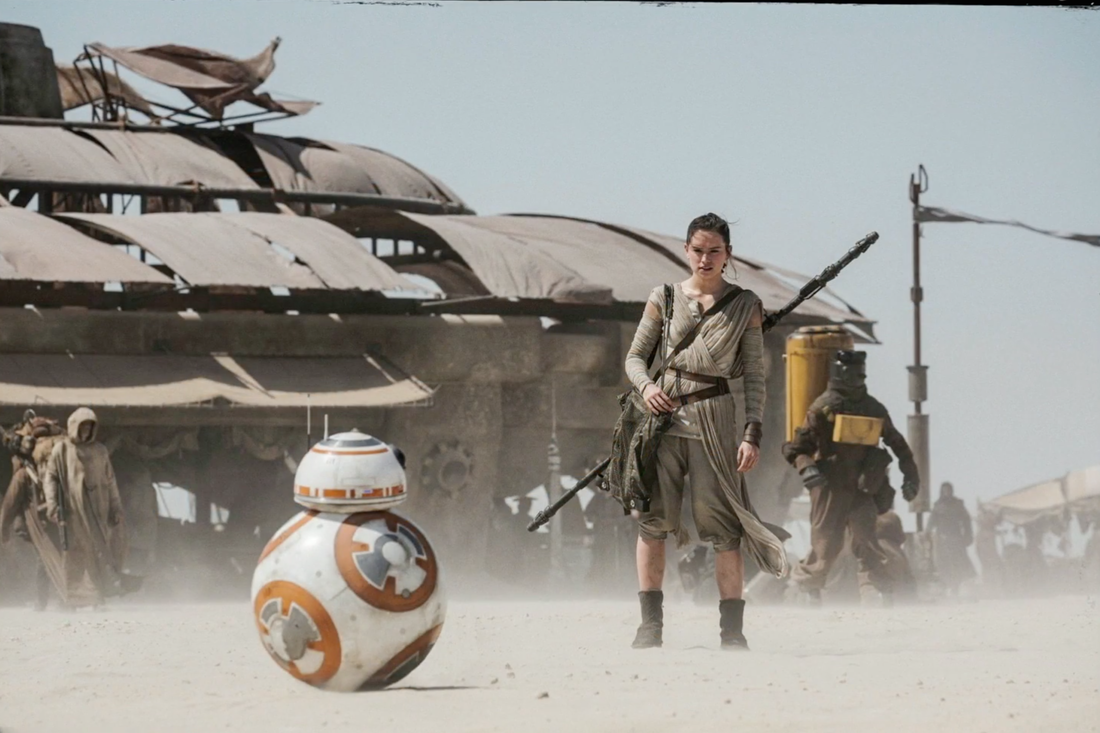
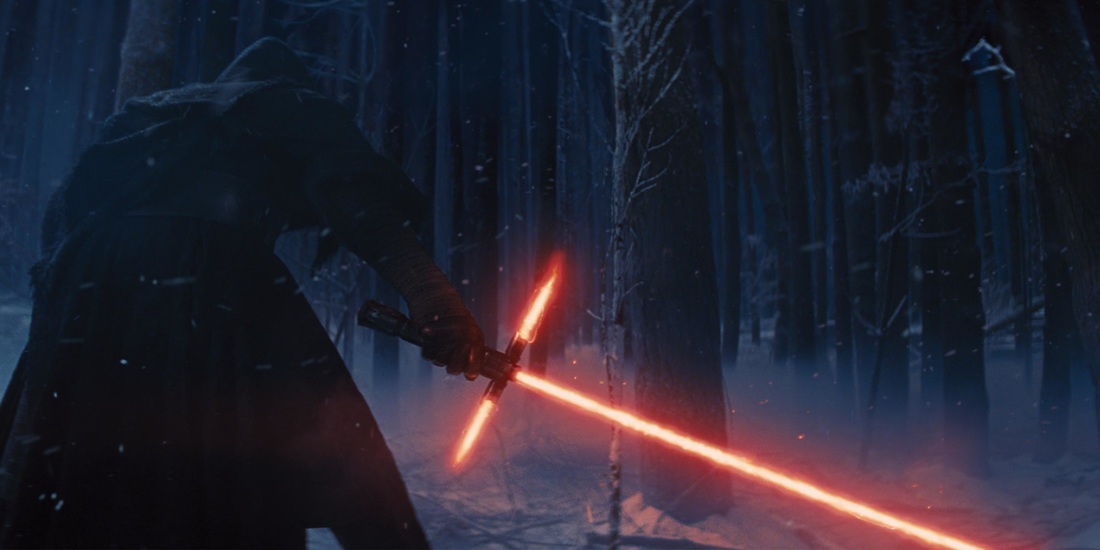
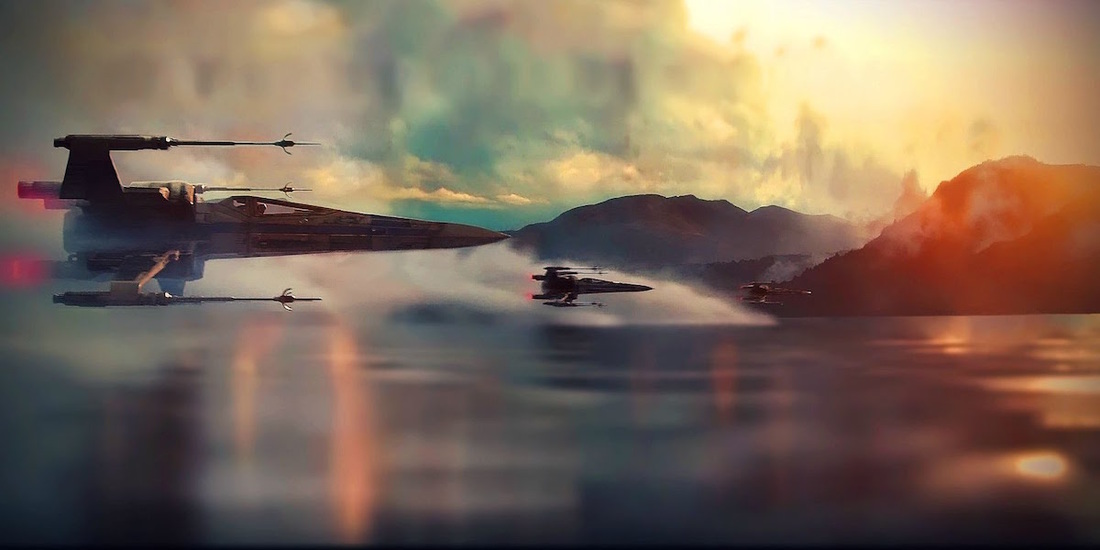
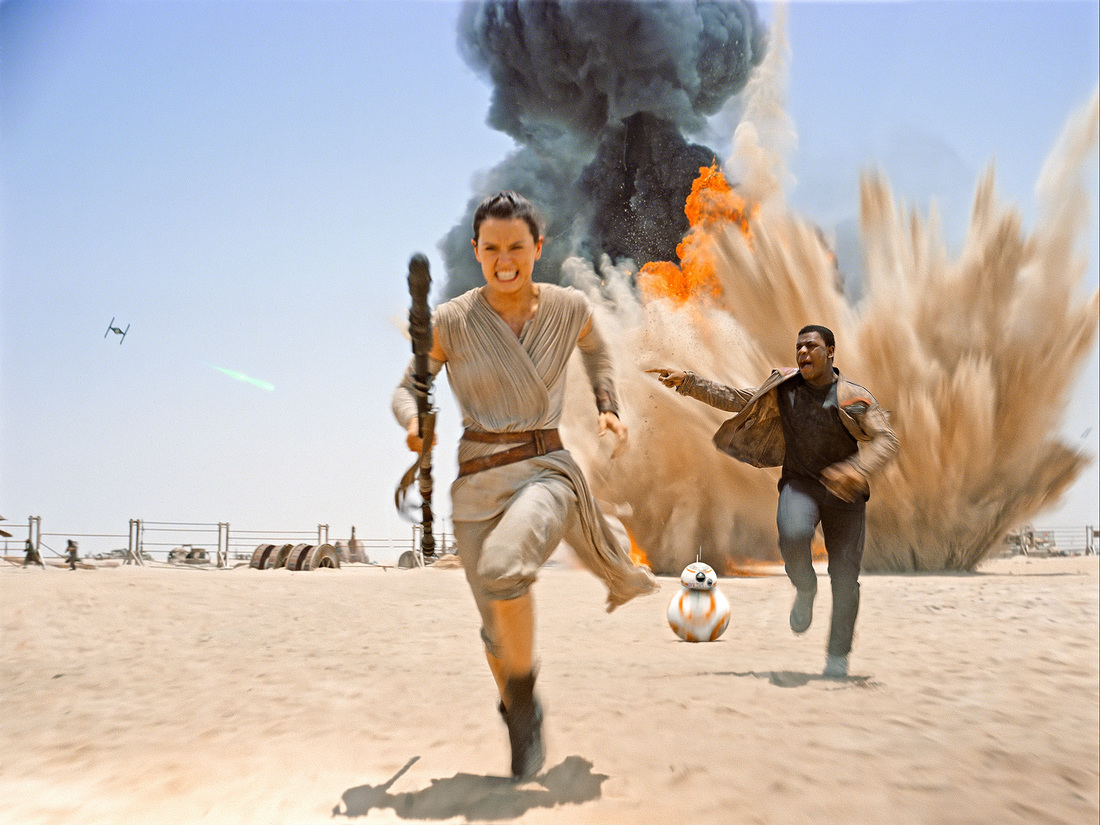
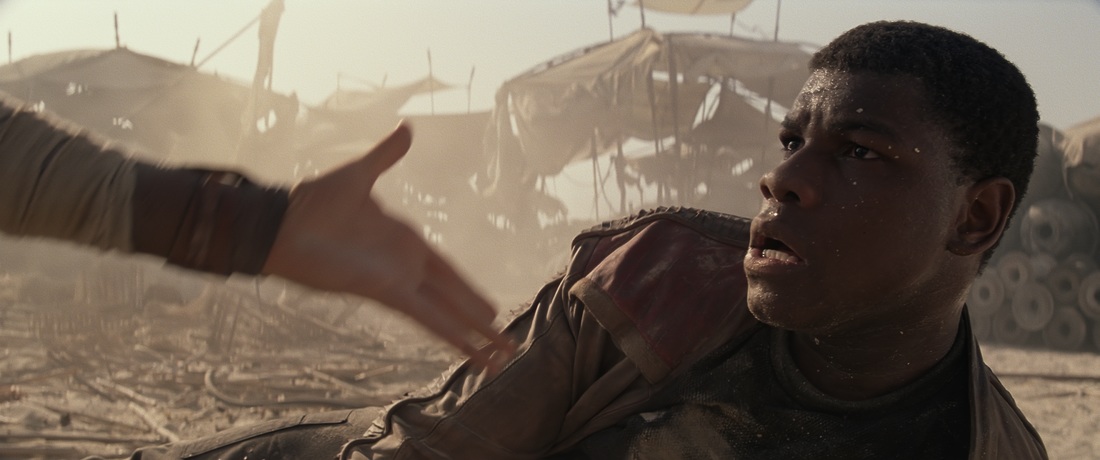
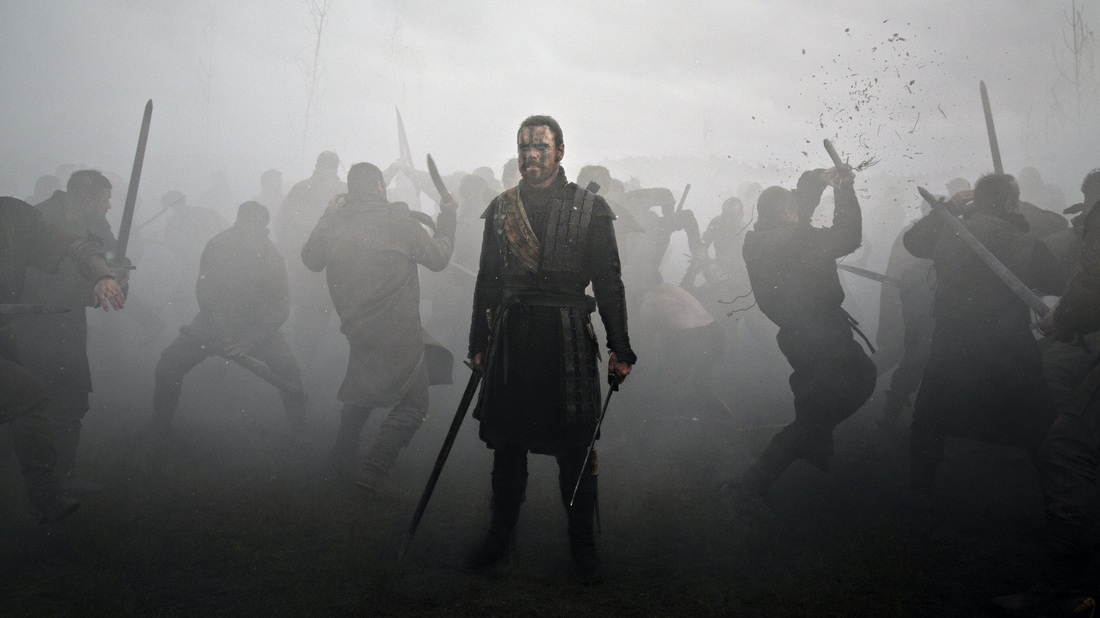
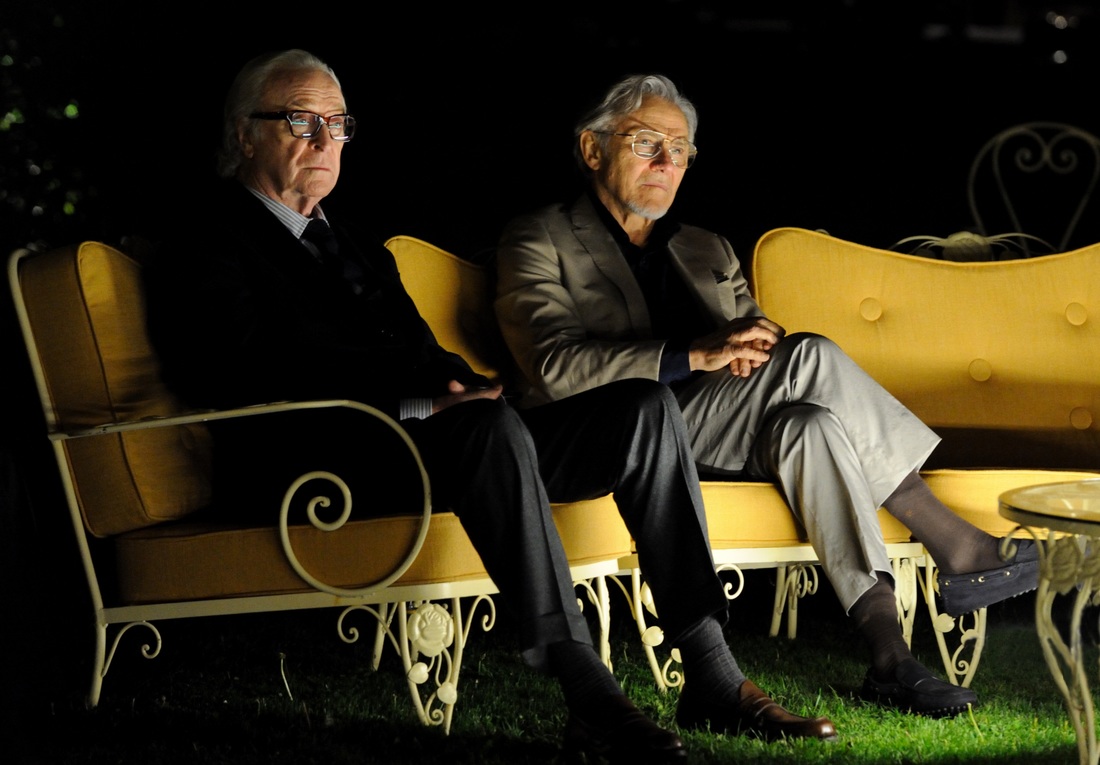
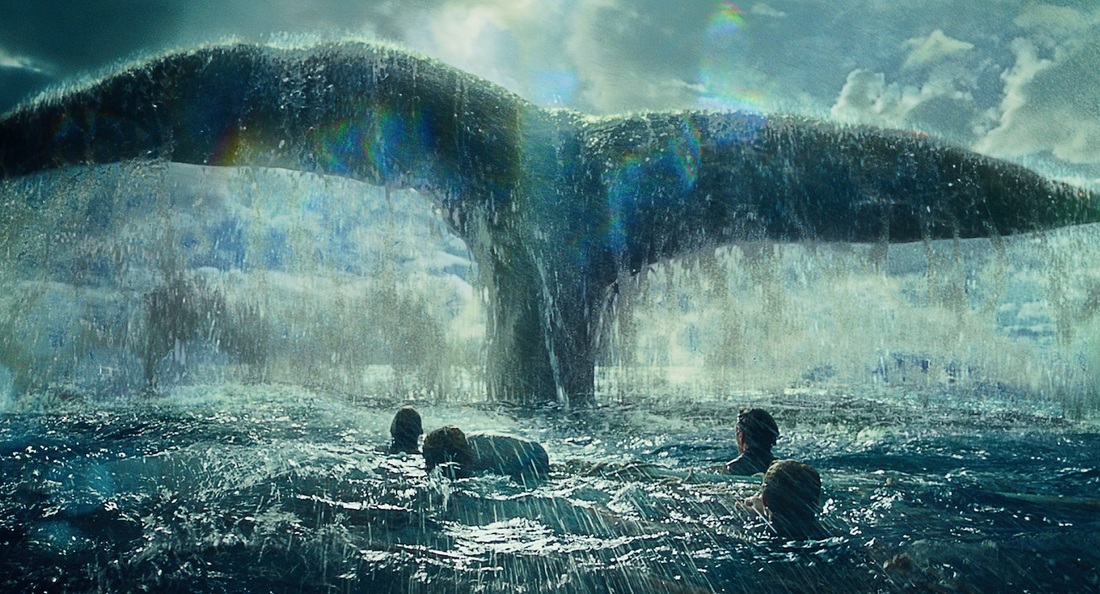

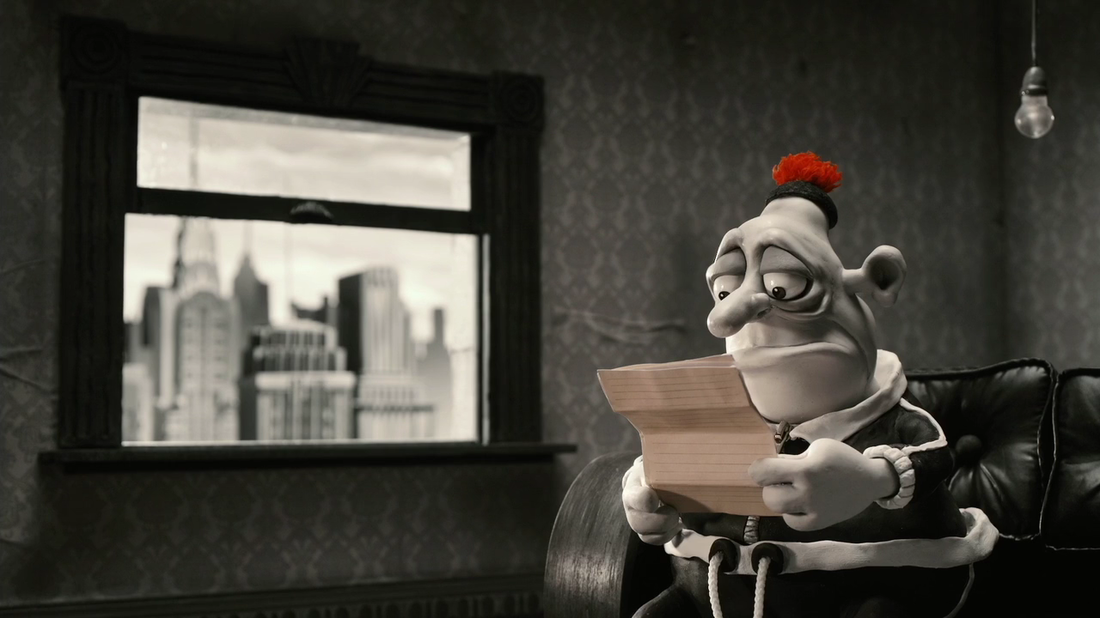

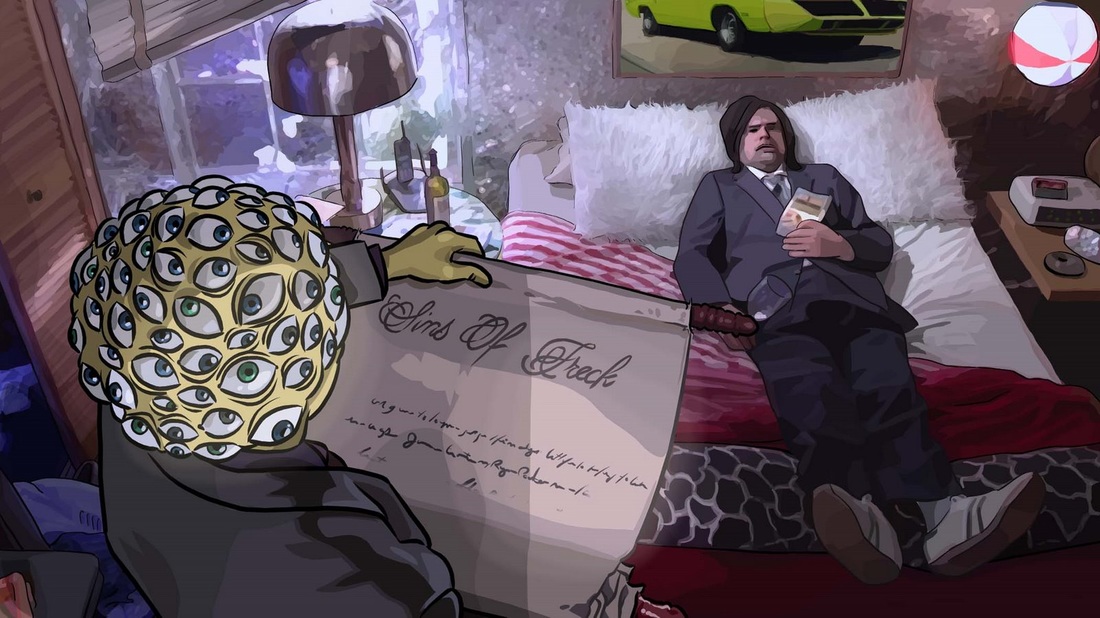
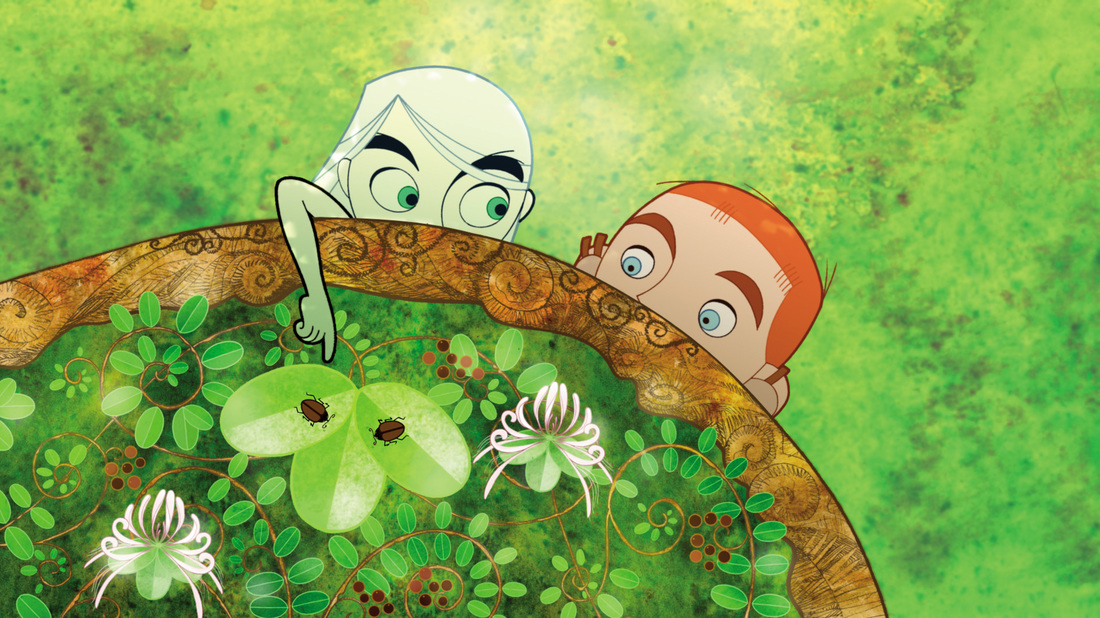
 RSS Feed
RSS Feed
